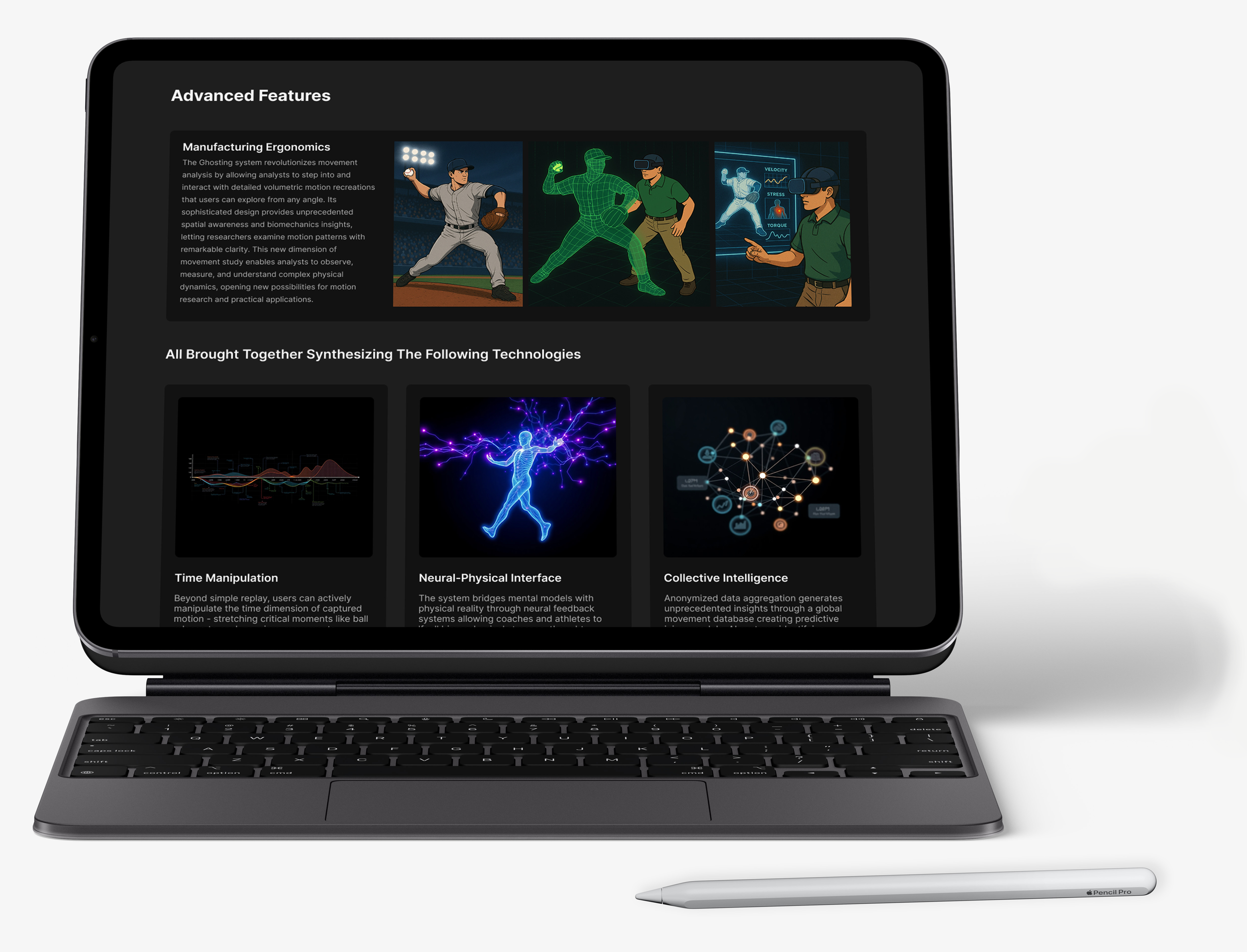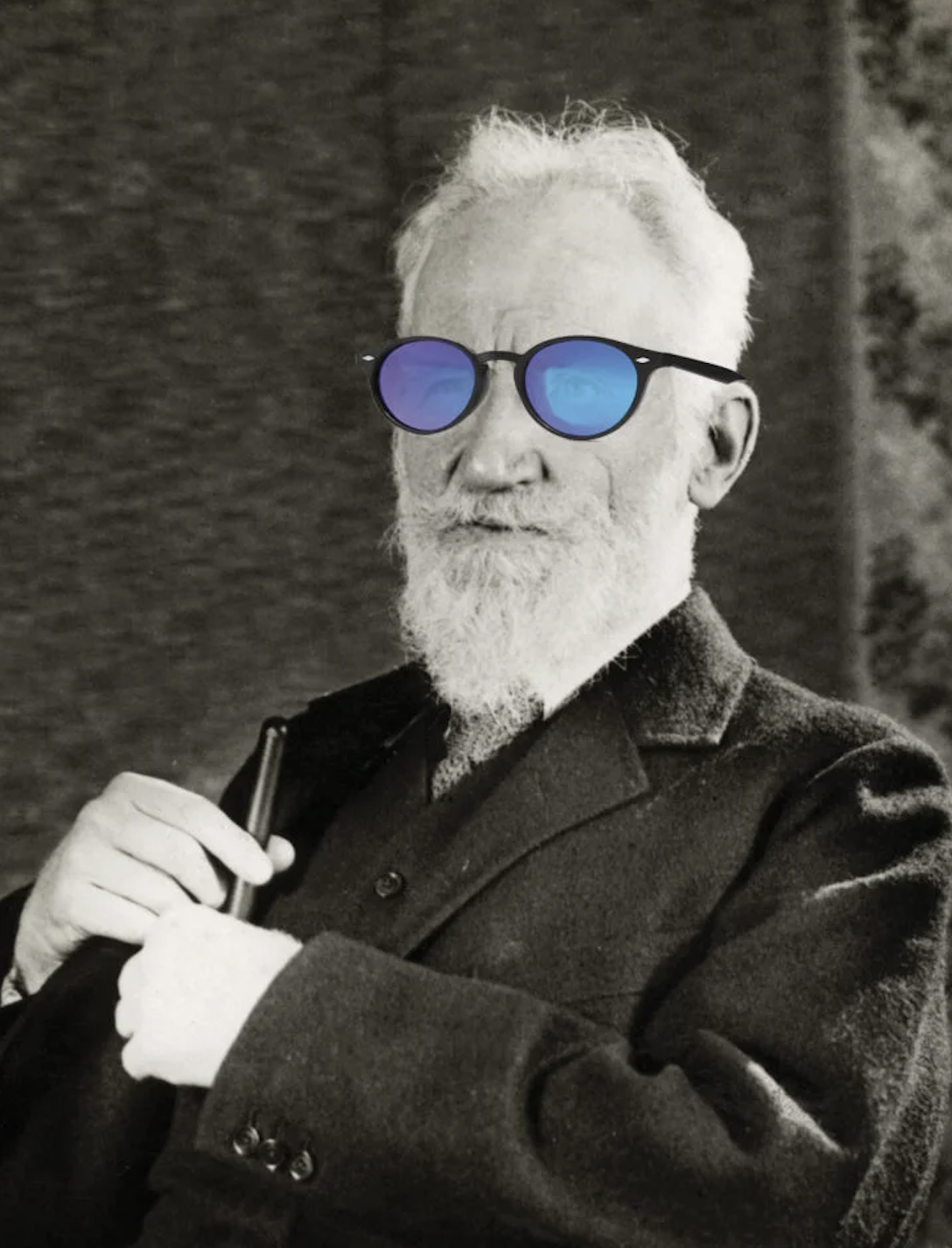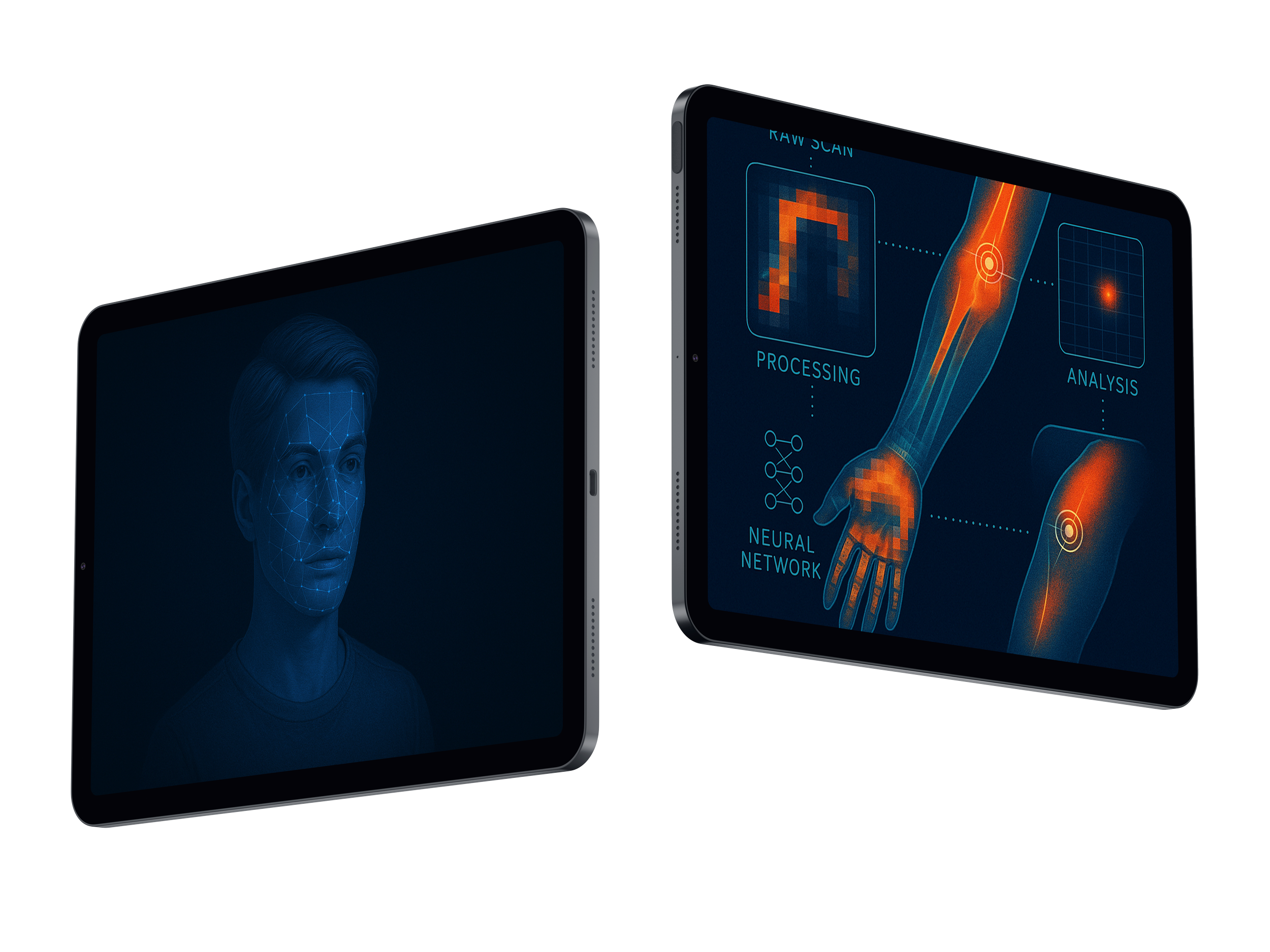AI Generated Spec
Design teams usually spend over 240 hours making complex spatial computing interfaces, with 68% of that time on repetitive tasks instead of creative work. Our goal was to use AI tools to speed up the UI design for our Spatial ID platform while enhancing quality and innovation. This means creating an easy-to-use interface for spatial data visualization that would take too long with traditional design methods.
George Bernard Shaw
“Progress is impossible without change, and those who cannot change their minds cannot change anything.”
Tools For Building AI-Guided Design Process
Discovery
ChatGPT, Userpersona.dev, Dovetail, Otter.ai
Consensus
Claude, Miro AI, Notion AI, Affinity.co
Design
DALL-E, ChatGPT, Midjourney, UX Pilot or Uizard, ProtoPie
Test & Measure
In-House Custom ML, Lookback.io, Maze, UserTesting.com
Design Processes at Scale
Across every design stage, AI transforms workflow efficiency, accelerating ideation by 75% and documentation by 72%, while maintaining consistent 55-60% time savings throughout the entire design process.
Research Guidance
AI-guided UX research applies machine learning algorithms to automate user behavior analysis, pattern recognition in usage data, and real-time sentiment analysis from user interactions, enabling researchers to rapidly identify pain points and optimize digital experiences with data-driven insights at unprecedented scale and speed.
Design Activities
AI-powered design activities utilize generative algorithms and machine learning models to automate wireframing, suggest layout variations, generate color palettes based on brand guidelines, and create personalized UI components, while continuously learning from user interactions to refine design decisions and maintain consistency across digital products.
Testing and Handoff
AI-enhanced testing and handoff processes leverage automated usability testing tools, AI-driven bug detection, and intelligent design token systems to identify accessibility issues, generate comprehensive design documentation, facilitate seamless developer handoffs with auto-generated style guides, and predict component reusability across platforms while ensuring pixel-perfect implementation through computer vision validation.
What People Are Saying
"The future of UX isn't about replacing designers—it's about amplifying human empathy with computational insight. AI will handle the routine, but the magic happens when human creativity meets algorithmic precision."
Sarah Chen, Director of Design Research, Stanford Design School
The most profound impact of AI on UX will be democratization. Soon, anyone with empathy and understanding will be able to create meaningful digital experiences, not just those with years of technical training."
— Dr. Priya Patel, AI and Design Ethics Researcher, MIT Media Lab
"We're entering an era where AI doesn't just assist in design—it becomes the ultimate collaborator, understanding user behavior patterns at scale while designers focus on crafting emotionally resonant experiences."
— Marcus Rodriguez, Chief Design Officer, Adobe Systems
"By 2030, the distinction between UX designer and AI researcher will blur. The most successful designers will be those who can speak both languages—human emotion and machine learning—fluently."
— James Wilson, Lead UX Researcher, Google Cloud
Figma's Q1 2025 User Stats
AI features in Figma now save users an average of 12 hours per week
Adobe's Creative Productivity Index (February 2025)








